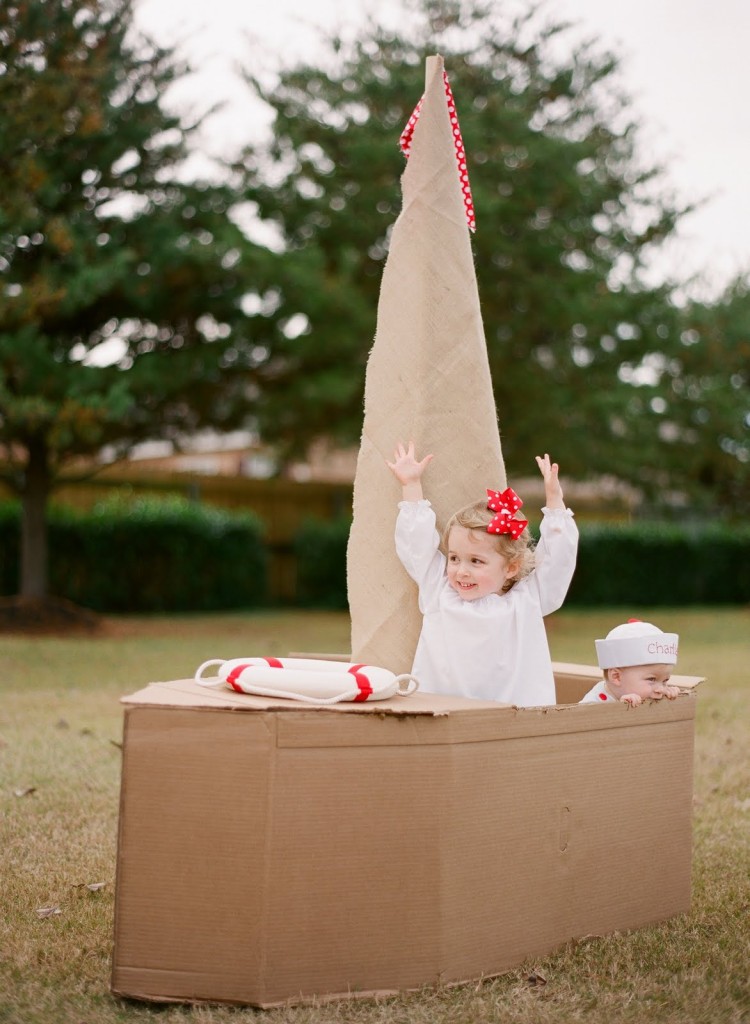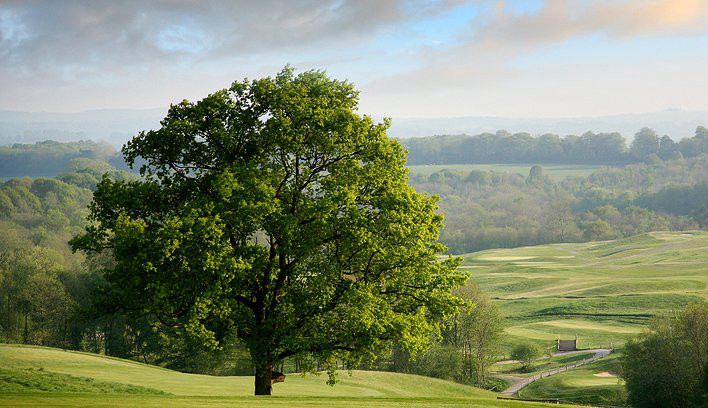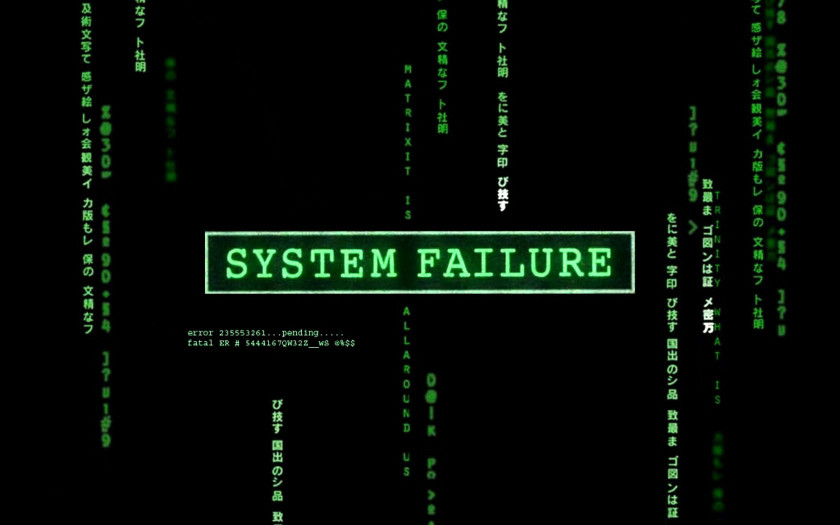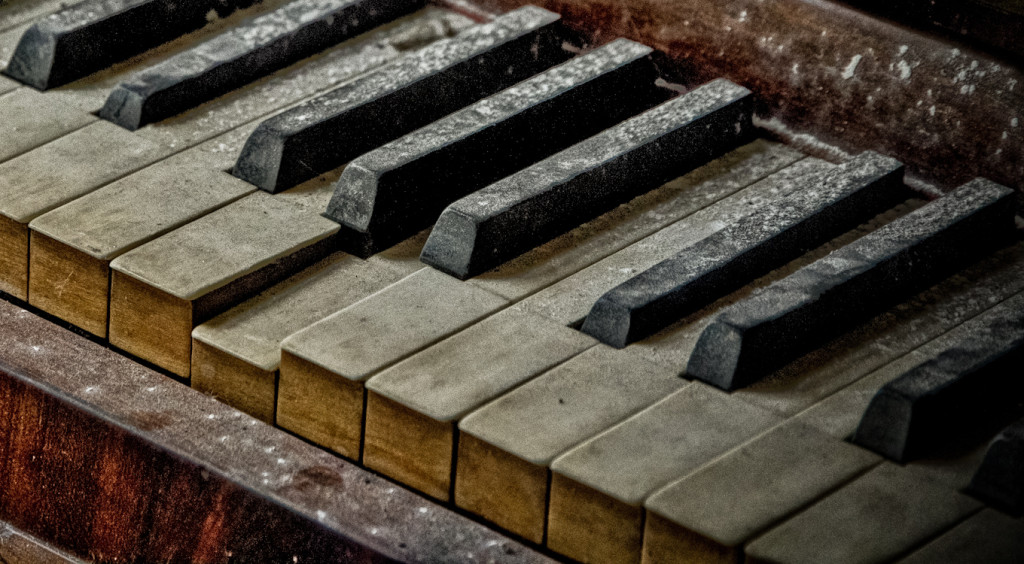The month of August was a dreadful failure. I practiced only five hours, and made no discernible progress. That’s really about all there is to say.
Tag Archives: Music
Posted in Sight Singing
A Tale of Sight Singing And Neglect

18 days into the month, and I haven’t written an introductory post yet. This sad story of neglect carries into my skill acquisition as well, as I’ve only practiced 3 hours at this point. I shan’t let this hold me back though, and am still going to write an introductory post, and hopefully get at least 10 hours of practice in this month.
Target Performance Level:
Be able to effectively sing the correct notes to a song I’ve never heard before a capella, by simply following sheet music.
Skill Breakdown:
Like any musical skill, sight singing is done by producing the correct notes with the correct rhythm. Since it’s singing, you ought also to produce the correct words.
Rhythm is basic enough (although can still be a challenge), so the greatest difficulty lies in singing the right notes. The most confusing part of music is that everything is not in the same key. This adds a layer of difficulty to following music for most instruments, but especially so for singing. How are you supposed to tell if a given interval is a half-step or a whole-step? Major or minor? At first I was going to memorize where all the half steps were for each key signature, but then realized it would be much easier and likely more effective to just make note of where the tonic was, and from there easily see where the third and fifth lie. With the little bit of practice I’ve done so far, this seems to be working out quite well.
I have a book of lots of old popular songs from the 1920s era such as would be sung by college glee clubs. I am unfamiliar with most of the songs, which makes them prime candidates for my exercise. Before singing each song I play the scale of the key the song is in, to acquaint my ear. I then give myself the starting note, and work through it, using helping notes from the piano as little as possible. As I progress I should see less and less assistance being needed.
My only wish for this month is that I was a Tenor, as these songs often go quite high.
Posted in Sight Singing
Just when it was getting fun…

Ukulele seems to be a bit of a repeat of piano (albeit a less fun . Right as I got to the last hour or two, it finally started getting more fun, and my ability seemed significantly higher than ever before. My ability to smoothly & quickly switch between chords is hugely improved over where I was when I began, and even where I was at my last post. Different rhythms, strumming patterns, and picking methods have allowed much more fun & interesting playing as well! All told, I’ve played for 20½ hours.
During the last six hours of playing, I went beyond just playing the seven pieces I had chosen to learn, and tried my hand at playing along with recordings of various songs. I’ve got the keys of C, G, and F covered fairly well, and can play the 4-chord pop song progression (I, V, vi, IV) in all three. I can play all of the songs I’d chosen, but memorization is weak at best, and none are performance-worthy.
To demonstrate my progress (to some degree), I recorded JJ Heller’s Boat Song:
Getting to the point where ukulele is kind of fun to play was excellent. But with that said, I’m ready to move on to a new month, and a new skill.
Posted in Ukulele
Can’t Help Falling In Love

Despite your first thought, the title of this post is not describing my feelings toward the ukulele. Yes, it’s kind of fun, and it’s fairly easy to learn & play, but I don’t find it nearly as enjoyable as piano was. I rarely have an urge to play it, which has caused me to fall behind a little in my playing, with only ten hours of practice in so far. It’s definitely fun if I’m in the right mood though, and I have gotten one song fairly well memorized!
Here is my meager performance of the song with the same title as this blog post’s title:
I still have ten days left in the month, and ten hours left of practice. I’ll have to step up my game. Hopefully I’ll soon hit the point where everything becomes easier, more fluid, and more enjoyable, as happened with piano near the end of last month. To make my playing more interesting, I believe I’ll also have to add some variety—learning some picking methods, perhaps. Working on being able to do a traditional, brisk ukulele strumming rhythm would also be good for some of my songs.
Posted in Ukulele
The world is my oyster! But it’s a hard nut to crack

Yesterday I finished up practicing with exactly 20 hours! At around 18½-19 hours, I felt as if my skills had gone up to Level 2! Which is awesome, but also really makes me want to keep playing. Instead of learning 12 skills in 12 months, maybe I should learn them in 12 years… I had planned from the beginning to continue playing piano by ear throughout the year, as I learn my other skills, because it’s something I’d really like to do well. It will likely be a little harder to keep up though, because it won’t be as high of a priority.
So, progress! In the ~6⅓ hours since my last update, I’ve played ‘Throw Another Log On The Fire’ a good many more times, making it sound much smoother & nicer. My primary area of focus was working on ‘A Dreamers Holiday’, as sung by Richard Diamond (again, of course). The recording is really very poor, and working out the accompaniment is very trying. I’ve made some small progress, but nothing substantial. Another couple of hours would get it mostly figured out though, I think. For some reason, getting the melody figured out took a painfully long time. I’m sure the recording had something to do with it, and the fact that I didn’t know the song very well at first. But now I’ve got that down pat!
My one main grief is that I mostly wasted the first seven hours, in not working directly toward my goal. If I had followed the correct path from the beginning, I may have made around 50% more progress. Or for a similar result, I can review where I’m at after seven more hours of practice, which I’ll likely do. At that point I’ll also try and get to a place where I can make a good recording of the songs I’ve learned. And in addition, I shall test to see if I’ve attained my end goal of being able to play a song reasonably well, after 20 tries!
I have doubts that I really hit my target performance level, but I am very satisfied with the progress I’ve made, enjoy the activity, and will certainly continue to play more in the future!
Posted in Piano by Ear
I’m Sitting High On A Hill Top

It’s been nearly two weeks since the last update, and I just missed five days of practice in a row, because of travel, and no readily accessible piano. But! But! But! I have made excellent progress since the last post! I’ve practiced another 6¼ hours, for a total of 13 hours and 37 minutes. I’ve now past the two-thirds mark!
This practice has been very focused on direct, noticeable progress. Some of the time has been spent just playing little bits of melodies that I know, but the largest portion of the practice time was spent working on the song ‘Throw Another Log On The Fire’, sung by Richard Diamond (Dick Powell). The recording I have is rather poor, so I couldn’t really decipher the chords by listening along, and instead had to just try different things until it sounded about right. It’s not quite perfect, and I’m playing it fairly simply, but it sounds pretty good!
By learning skills through working on one song at a time (starting with the melody, followed by discerning the accompanying chords, and then making it all sound nice), instead of just generally doing things, I make real, noticeable progress, I enjoy playing piano more, and learn a song that I can play whenever I want! I’ve now developed the skill to the point that it’s really kind of fun to do!
Playing piano by ear is really a combination of many skill sets, each of which is fairly daunting on its own: ear training, relative pitch, piano technique, rhythm, and likely a couple of others. Because of the complexity of it, you’d expect progress to be slow. And yes, progress is somewhat slow, but it’s really not too bad at all. I’m really very pleased with the progress I’ve made so far, and am looking forward to where I’ll be on the 31st.
Coming up next I’m going to learn a new song or two, which will likely take me to the 20-hour mark, at which time I’ll give a full review of the month’s skill, with everything I’ve learned.
Posted in Piano by Ear
Things Are Bound To Pick Up Pretty Soon
 I started off with high hopes. As soon as I began, I was surprised & pleased by how well I could play a tune the first time through. My accuracy was at a good 85% or so. But I also instantly realized something else. I don’t listen to music enough. My ability to recall the entire melody of a song is sadly lacking. I can remember the opening, or some little bit in the middle, but there’s really no song that I know all of perfectly.
I started off with high hopes. As soon as I began, I was surprised & pleased by how well I could play a tune the first time through. My accuracy was at a good 85% or so. But I also instantly realized something else. I don’t listen to music enough. My ability to recall the entire melody of a song is sadly lacking. I can remember the opening, or some little bit in the middle, but there’s really no song that I know all of perfectly.
To really do well playing piano by ear, I’m going to need to memorize some songs in their entirety. Which shouldn’t be too hard, once I make the effort to do so. At this point though, not knowing entire melodies isn’t a huge hindrance. Even just playing the parts I know helps me to get used to transferring music from my brain, to my hands, to the piano.
As I write this post, I’ve practiced a total of 7 hours, 22 minutes—more than a third of the way to 20 hours. Which is disheartening, because so far I can’t tell that I’ve made much progress at all. And that needs to change, fast! But before you can fix a problem, you have to first figure out the cause.
Problem 1: My recorded time of 7 hours, 22 minutes isn’t all practice.
In going through The Jazz Piano Book, there’s a good chunk of reading, some piano scores demonstrating the things being taught, and a few recommended practice items. Very little of the time with the book actually counts as practice, so my total actual practice time is more like 6½ hours, or possibly even less. With as little progress as I’ve made so far, it’s encouraging to know that I have a somewhat lower amount of practice time in than I’d been thinking. But only marginally.
Problem 2: Going about things in the wrong order.
In my skill breakdown, I determined that the three most important parts of learning to play by ear were:
- Play the melody
- Identify the accompanying chords
- Make those chords sound nice
What I forgot, in my practicing, was to do those things in that order. Most of what I’ve been learning in The Jazz Piano Book (besides reviewing things that I already know) applies mostly to the 3rd step, with a dash thrown in for the 2nd. I’ve been neglecting the foundational parts. I have to play the melody, and figure out what chords go where, and only then work on making it sound as lovely as possible.
Problem 3: Not focusing on one thing.
My final main issue is that I haven’t been focusing enough on any one thing to be able to make real progress. I haven’t been playing a melody over and over until it’s perfect, and I haven’t been following that with figuring out the chords. I haven’t worked on mastering—or even improving—my ability to play a specific song by ear.
Solutions:
The Jazz Piano Book says I ought to practice everything (like the II-7 V7 IΔ progression) in all 12 keys. This is definitely good in general, but for my goal of progressing as much as possible in 20 hours, it may be wiser to stick to practicing in just a few different keys.
To make noticeable progress, I’m going to have to focus on one or two songs at a time. To play the whole melody, I need to have it fully memorized. After that’s done, comes the chords. The first step in identifying the accompanying chord will be to play just the bass note of each, until I can go through the entire song with the those. After that’s finished, I go about filling in the rest of the chord, which is where the jazz book will help: at the very end.
Key Insights So Far:
I haven’t learned a whole lot so far as far as piano playing goes (besides the II-7 V7 IΔ progression, which is completely totally awesome: You play the root of the chord with the left hand, the 3rd & 7th with the right, and forget about the 5th. You then drop the 7th down a half step each chord change, which switches it to the 3rd in the new chord, with the old 3rd turning into the new 7th!!!). What I have learned, is to remember to stay very focused when learning, and to stick to the plan. If you find out the plan isn’t perfect, you don’t stray from the plan. You change it.
And on that note…
I think my Target Performance Level was a little too optimistic. A lot. Playing piano by ear involves a lot of different skills, each of which has to be built up to a reasonable level. Therefore, I’m revising my goal: Be able to play any song I know, fairly smoothly, by ear, with both hands, on the twentieth try. I think this is actually feasible (unlike my original unrealistic goal of 5 tries), and something I can still be satisfied with, but still a challenge.
Posted in Piano by Ear
The Beginning of the Beginning
 In January I’m going to be learning to play piano by ear. This is a skill I’ve wanted for a while now. Ever since listening to Richard Diamond on old time radio when I was 15, I suppose. The style I would like to play in is similar to that which Diamond did, so a bit of a 1940s jazz & show tune style. I’m coming into this skill with very little in the way of existing ability. When I was about 16 I took piano lessons from a friend, but this was all sight-reading and technique. I’ve dabbled on-and-off ever since then, but have never really done much by ear, because I wasn’t good enough for it to be enjoyable. Hopefully the next 20 hours will change that.
In January I’m going to be learning to play piano by ear. This is a skill I’ve wanted for a while now. Ever since listening to Richard Diamond on old time radio when I was 15, I suppose. The style I would like to play in is similar to that which Diamond did, so a bit of a 1940s jazz & show tune style. I’m coming into this skill with very little in the way of existing ability. When I was about 16 I took piano lessons from a friend, but this was all sight-reading and technique. I’ve dabbled on-and-off ever since then, but have never really done much by ear, because I wasn’t good enough for it to be enjoyable. Hopefully the next 20 hours will change that.
Target Performance Level:
Be able to play any song I know, fairly smoothly, by ear, with both hands, on the fifth twentieth try.
I think this is a reasonable goal, and one I’ll be very satisfied to achieve. Now that I know how well I want to be able to play, I have to discern what makes up the skill.
Skill Breakdown:
From what I can tell, there are three main parts to being able to play piano by ear:
- Play the melody
- Identify the accompanying chords
- Make those chords sound nice
The first step, playing the melody, is definitely the easiest. From my little bit of playing, I know I can figure out most melodies after a few tries. The goal here is to be able to play it with very minimal mistakes the first time through.
The second step is much harder for me, likely because I have had no practice. I got a tip from a friend that identifying the chords is easiest by just playing the bass note, and then filling in the rest of the chord once I’ve got that figured out. Sounds good!
Making the chords sound lovely is the final step, and the one that will take me from being able to play a song, to being able to play a song that people will enjoy listening to.
Resources:
I’ve got a piano, so there’s that. And I just got it tuned, too, so that will definitely help!
A friend recommended that I’ll learn a lot of great jazz technique if I work my way through The Jazz Piano Book, by Mark Levine, so I’ll be doing that this month.
If I run out of songs to play, I can always listen to some of the great jazz standards, found on this Wikipedia page, and work on them.
Another useful thing that I came across, is a list of chord progressions for different types of music. This could end up being quite useful:
- I IV V (Folk & Western)
- I V7 VI7 (Blues)
- I VI7 II7 V7 (’30s & ’40s jazz)
- i iv V7 (Minor Blues)
- I vi IV V (1950s & ’60s Soft Rock)
- I vi ii V (’50s ballad)
- I V vi IV (4-Chord Pop Music)
Conclusion:
With all of the pieces in place, the only thing left to do is practice! I’ll be giving updates on progress every week or so, whenever something noteworthy occurs, after reaching 20 hours of practice, and at the end of each month. Check back often for the latest!
Posted in Piano by Ear